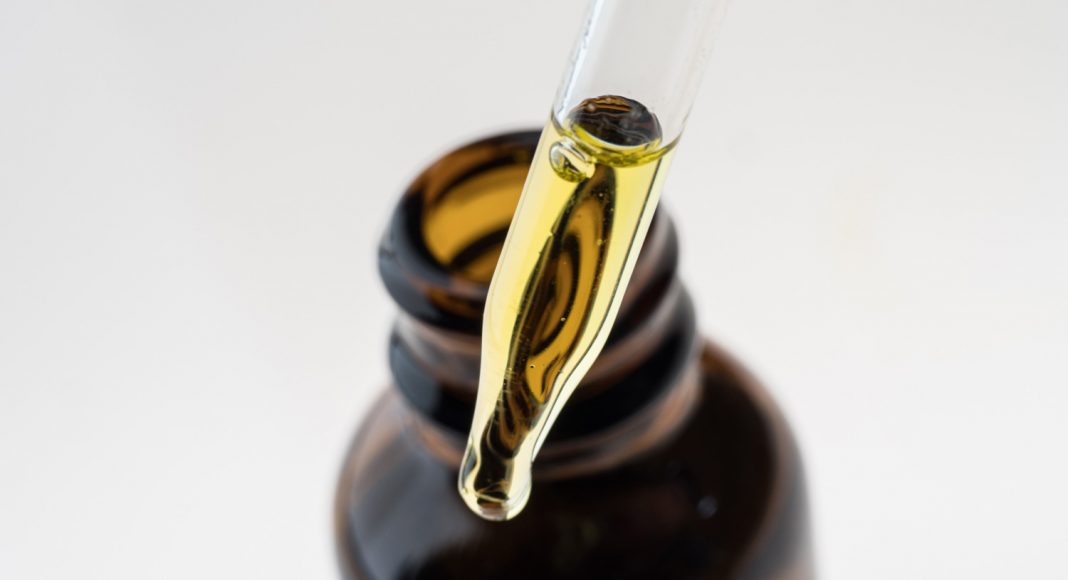It seems CBD takes a big bite of cannabis sales. According to a recent Headset market report, “Understanding the CBD market in state-legal cannabis”, CBD could potentially take up the majority of sales among non-inhalable products in legal cannabis states. If current trends continue, CBD products could even potentially become the majority of sales among the cannabis industry at large.
The data giant revealed insights into the shift in popularity and sales for CBD products, noting the passage of the U.S. Farm Bill as an important catalyst for allowing more people to access cannabis products. The report is quick to note that despite going into the mainstream, hemp-derived CBD products (now purchased at places like CVS Health Corporation (NYSE: CVS) and Walgreens) and cannabis-derived CBD products (traditionally purchased at dispensaries) are to be considered two different things.
Here are some important highlights of the Headset market report that Green Market Report finds of interest:
Google Searches for CBD
The Headset report reaches back to 2015, citing data from Google searches for CBD. At the start of that year, Google searches for CBD were nil. Google searches for CBD were at an all-time spike in May of 2019, representing a 100% increase of when CBD first hit the Google searches later in 2015.
A Non-Smoking Experience
While the cannabis industry is characterized by smoking and inhaling cannabis products like traditional cannabis buds or flower and concentrates, the CBD trends are showing that one-third of CBD sales are going to non-inhalable products. Customers are demonstrating a preference for edibles, topicals, tinctures, and sublinguals. Headset suggests that “the CBD market is expanding on top of the existing market for high-THC, psychoactive inhalable products, rather than inside it.”
RELATED: How To Find High-Quality CBD Oil
The report also states that there is a “new and distinct customer base” that is more health-conscious, preferring to stay away from pre-roll and vapor pen products.
CBD Product Categories
Within the non-inhalable CBD products category, Headset compiled data from Washington and Colorado and saw that there are 5 emerging product categories: Beverages, Capsules, Edibles, Topicals, and Tinctures & Sublinguals.
CBD products have experienced a surge in growth in the past 12 months in comparison to tradition, THC-based products.
CBD Edibles have always had the highest market share and retains this position, with customers gravitating to high CBD products. CBD Edibles experienced a 43.9% growth this year, compared to 24.8% growth for non-CBD edible products. Almost 50% of dollars spent on all edibles in 2019 were spent on CBD Gummies. Within the edible product category, honey, sugar, and sweeteners, CBD products made up almost 1/3 of the proportion of overall sales.
RELATED: 5 Must-Have CBD Products
Capsules are not showing much growth in the overall product categories. Headset speculates that this is because capsules are “usually associated with medical conditions” and that CBD is used as therapy rather than a full-on medication.
Tinctures and Topicals & Sublinguals are the dark horse of the CBD market, once having just a tiny sliver, and now taking a giant slice, growing nearly 60% in sales in the past 12 months in comparison to high-THC infused products’ 10% increase.
Headset suggests that “if your company is producing Gummies, but not CBD Gummies, you may want to adjust course”.
Opening Wallets for CBD
Average item price (AIP) and the number of products people are adding to their basket in the CBD category (basket penetration) are rising concurrently.
Since 2015, CBD went from only 3% of baskets to 7% in 2019. Average item price also is rising with the interest in CBD, indicating that “consumers aren’t only more interested in CBD, but also more willing to spend money on it”.


